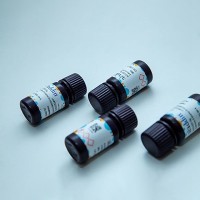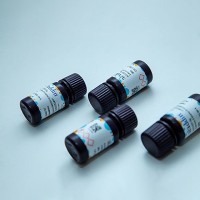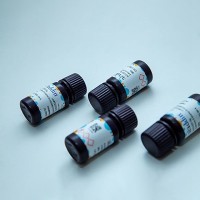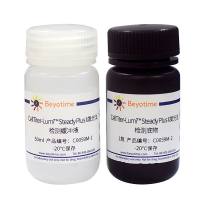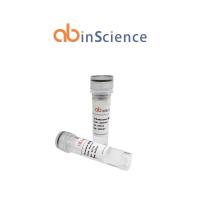Competitive RT-PCR to Quantitate Steady-State mRNA Levels
互联网
820
The polymerase chain reaction (PCR) is a powerful technique for the amplification of small amounts of DNA or RNA, and its application has revolutionized fields that span molecular biology, forensic pathology, genetics and the diagnosis of disease. The employment of a heat-stable DNA polymerase isolated from a thermophilic bacterium was seminal in the development of the technique as we now know it (Saiki et al., 1988). Shortly after its inception it became clear that a popular application of PCR would be for quantitating mRNA levels by reverse-transcription PCR (RT-PCR). Whereas many variations in the use of semiquantitative approaches for analyzing mRNA levels exist, competitive RT-PCR can be used as a quantitative method for determining RNA levels. This approach utilizes an internal standard molecule that is coamplified with the target template using the same primer pair, and the origin of the amplification products are determined in a postamplification step (Wang et al., 1989; Gilliland et al., 1990a, 1990b; Buck et al., 1991; Bovolin et al., 1992a, 1992b; Grayson et al, 1993). Whereas the same degree of quantitation can be achieved by conventional Northern analyses or by RNase protection assays using appropriate internal standards, the sensitivity accessible by PCR allows one to examine both abundant and rare transcripts by adjusting the concentrations of internal standard and the numbers of cycles used.


